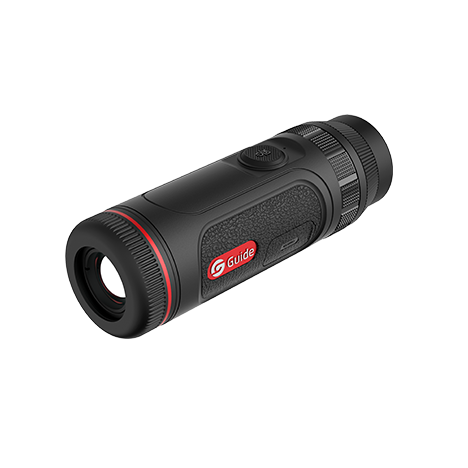Night Vision Monocular: A Compact and Powerful Tool for Low-Light Observation

# Night Vision Monocular: A Compact and Powerful Tool for Low-Light Observation
## Introduction to Night Vision Monoculars
Night vision monoculars have revolutionized the way we observe and navigate in low-light conditions. These compact optical devices amplify available light, allowing users to see clearly in environments where the naked eye would struggle. Whether for military operations, wildlife observation, or security purposes, night vision monoculars provide a critical advantage in darkness.
## How Night Vision Technology Works
Modern night vision monoculars typically use one of two technologies: image intensification or digital enhancement. Image intensification devices work by collecting tiny amounts of light, including infrared light, and amplifying them through a photocathode tube. Digital night vision, on the other hand, captures available light with a sensor and digitally enhances the image before displaying it on a screen.
The generation of the night vision device significantly impacts its performance. Generation 1 devices are the most basic and affordable, while Generation 3 and 4 offer superior image quality and performance in extremely low-light conditions.
## Key Features to Consider
Magnification and Field of View
Most night vision monoculars offer fixed magnification, typically between 3x and 5x. A wider field of view is preferable for scanning large areas, while higher magnification is better for identifying distant objects.
Resolution and Image Quality
Higher resolution devices provide clearer images with better detail. Look for specifications like line pairs per millimeter (lp/mm) to compare image quality between models.
Battery Life
Since night vision devices are often used for extended periods, battery life is crucial. Some models offer 30+ hours of continuous operation on a single set of batteries.
## Applications of Night Vision Monoculars
Military and Law Enforcement
Special forces and police units rely on night vision monoculars for surveillance, navigation, and target acquisition during nighttime operations.
Wildlife Observation
Researchers and nature enthusiasts use these devices to observe nocturnal animals without disturbing them with bright lights.
Security and Surveillance
Security personnel employ night vision monoculars to monitor properties and detect intruders in low-light conditions.
Outdoor Recreation
Hunters, campers, and boaters find night vision monoculars invaluable for navigation and safety during nighttime activities.
## Choosing the Right Night Vision Monocular
When selecting a night vision monocular, consider your specific needs and budget. Entry-level models are suitable for casual use, while professional-grade devices offer superior performance for critical applications. Waterproof and ruggedized models are available for harsh environments.
Additional features like built-in infrared illuminators, video recording capabilities, and helmet mounting options may be worth considering depending on your intended use.
Keyword: night vision monocular
## Maintenance and Care
To ensure longevity and optimal performance:
- Store the device in a dry, temperature-controlled environment
- Use lens caps when not in use
- Clean lenses with appropriate optical cleaning tools
- Avoid exposing the device to bright light sources while powered on
- Follow manufacturer guidelines for battery replacement and storage
## The Future of Night Vision Technology
Advancements in digital imaging and thermal technology are pushing the boundaries of what night vision devices can achieve. Future monoculars may incorporate augmented reality displays, wireless connectivity, and even more compact designs without sacrificing performance.
As technology continues to evolve, night vision monoculars will become even more accessible to civilian users while offering military-grade capabilities in increasingly smaller packages.

